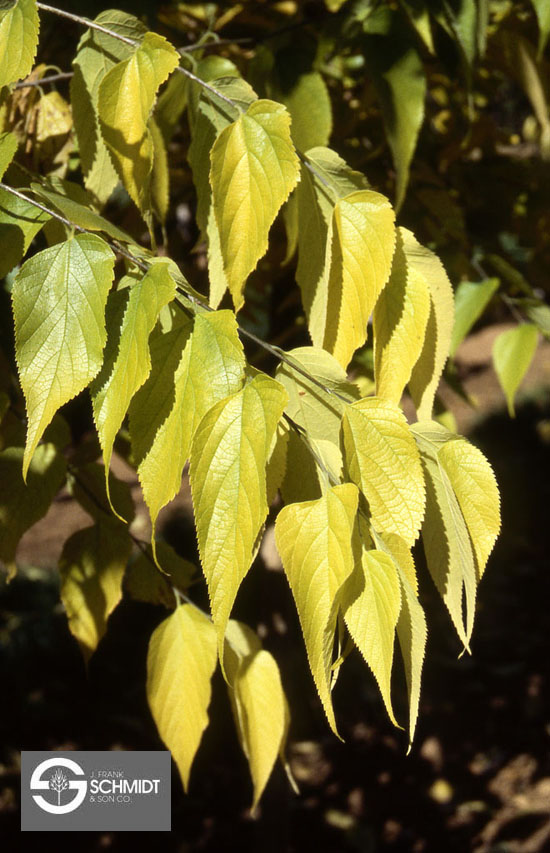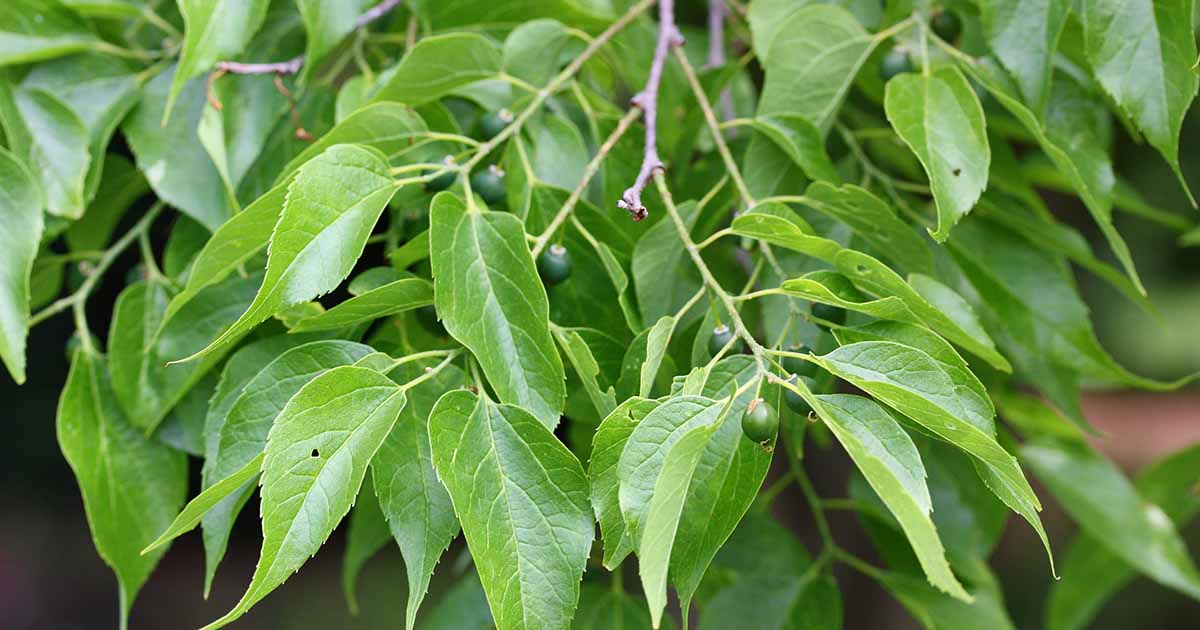hackberry tree leaves turning yellow
The bark on these branches also appears to be different. In the fall the leaves turn a bright yellow to yellow-green.

How To Grow Celtis Hackberry Garden Chronicle
The upper surface of the leaves is rough textured and darker green in colour whereas the lower surface is smoother and paler green in colour.
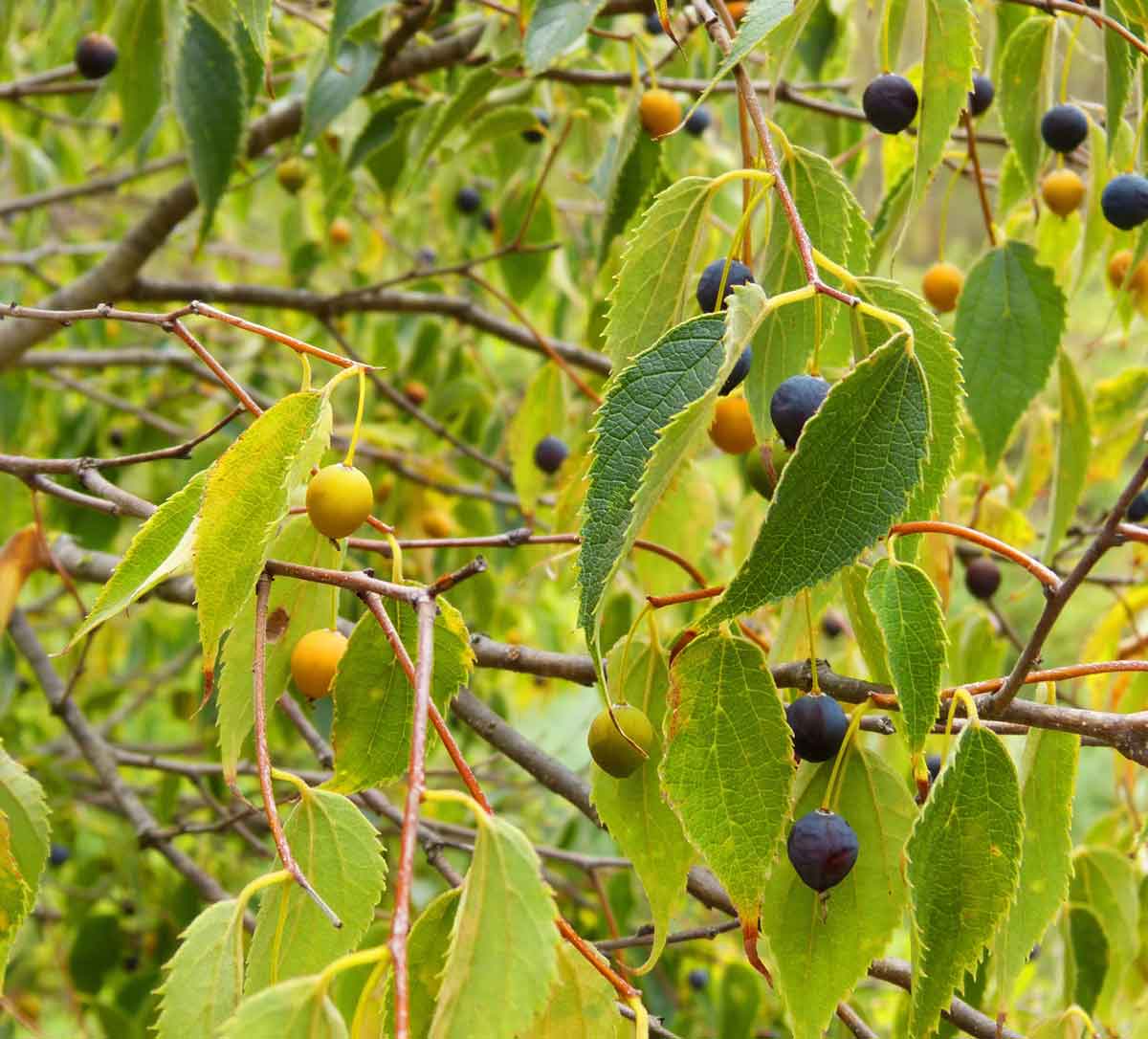
. Hackberry leaves are a light greenish yellow turning yellow in fall. The foliage is elm-like and the bark is corked and warty. In the fall leaves on common hackberries turn an undistinguished yellow.
The browning of the hackberry Celtis occidentalis leaves is probably due to lace bugs. Adults are light brown with flecks of creamish-white and look like miniature cicadas. The tree grows in hardwood forests and limestone ground in its native habitat.
Its small sweet fruits attract many species of birds. The drupes have thin purplish skin with sweet yellowish flesh. These turn a deep purple-black color to stand out against the pale yellow leaves in the fall.
5-inch alternate green leaves feature yellow undersides and a rare offset base. Also known as American hackberry common hackberry Celtis occidentalis is a fast-growing member of the elm family. The sugar hackberry or sugarberry is a fast-growing large tree with a broad vase-shaped crown.
The tree may produce yellow leaves scattered throughout the canopy of the tree all the leaves on a tree may turn yellow and drop or the leaves may turn brown but stick to the branches. Ten to twenty percent or more leaf drop is possible but unless a tree is heavily defoliated for several years in a row this normal adjustment to heat and dry weather doesnt affect the health of the tree. The pretty leaves turn completely yellow in autumn for a showy accent in your yard.
This tree can shoot up anywhere between 13 and 24 inches each year no matter what type of soil you have in your yard. Trees most commonly affected are hackberry sycamore and oak. Simple ovate leaves emerge in early spring with serrated edges unsymmetrical bases and tapered points.
It is similar to elm in its form. Hackberry Celtis occidentalis is a native tree of the US and is also known as common hackberry and nettletree. Could our tree be sick.
Boom-you get October in July break out the rakes. Trees most commonly affected are hackberry sycamore and oak. Green peanut-sized berry-like drupes that turn orange or purple by fall.
Separate male and female flowers bloom on the same tree. It can put on anywhere from 12-24 of growth a year growing to about the same height as hickories beech and persimmon. Adult lace bugs have attractive wings that are beautifully sculptured with an intricate pattern of veins resembling.
You can see the eggs of the psyllids in your picture. The berries also attract birds which adds yet another layer of interest to the backyard view. Hackberry nipple gallPachypsylla celtidismamma.
Premature leaf drop can occur during heavy infestations. This fast-growing deciduous tree produces edible fruit. Lace bugs are sap feeding insects commonly found on the leaves of shade and ornamental trees in Iowa.
The Hackberry is a great choice. Yellowing Hackberry Trees Usually Means Lace Bugs. Other trees besides hackberry have lace bugs but hackberry seems to suffer the most.
In the fall Hackberry leaves turn yellow or yellow-green accompanied by small orange-red to deep-purple fruits. This pest is normally considered just a nuisance rather than destructive to the tree. While all the other trees in the area are green from the recent rains the leaves on this tree are turning yellow and falling off.
When the eggs hatch the insects feed by sucking on the sap of the leaves which is why the leaves are yellow. Heavily infested leaves may turn yellow and drop prematurely. The tree can grow to 50 feet or so with an equal width.
The browning of the hackberry Celtis occidentalis leaves is probably due to lace bugs. While its native range is south of Maryland its very hardy. The leaves are green in summer turning yellow in the fall.
Its gray warty bark is one of its most handsome features. Looking for a tree that will mature quickly with little intervention. The leaves turn bright yellow in the fall and the silvery bark has a few corky growths providing interest year-round.
There are yellow discolorations on upper leaf surface above the nipple galls. Circular nipple-like swellings that project from the undersides. We have a tree that looks like a Hackberry and even has pea-sized berries but the leaves are larger.
This tree could be suffering from multiple issues. Its heart-shaped leaves will turn a golden yellow in the fall. This insect does not appear to affect tree health.
Watch for redbuds rounded crown appearing in yards and gardens as it grows no more than 30 feet making it a wonderful native species to add to your backyard. Saw-tooth edges on leaves that grow alternately on the twig. Yellow cotton ball-like flowers.
Hackberry has a berry-like drupe 14 to 13 in diameter. Hackberry trees can easily adapt to a range of. In the fall the leaves will turn a yellow color before they drop from the tree.
Hackberrys foliage arrives at the same time as the small spring flowers giving your tree a vivacious lime-green appearance. Instead fuzzy clusters of tiny yellowish-green flowers bloom in mid- to late-spring April and May and bloom for a few weeks. We have a very very large hackberry tree in our backyard.
18th to 316th long. On the trunk and branches you can expect to see corky ridges on the surface. Celtis has green leaves with sharp sawtooth-like edges.
Again this year we are experiencing a bumper crop of hackberry lace bugs. Hackberry leaf galls are raised warts on leaves that are caused by small aphid-like insects that live within the growth. Lace bugs are present every year on several of our common deciduous trees but only occasionally are the populations large enough to be noticed.
A very common pest of the Hackberry is the Hackberry Leaf Gall Psyllid. There are 3-4 smaller branches where the leaves turned yellow and fell off leaving a bare branch. They ripen in September and frequently hang on the tree most of the winter.
The Hackberry will grow to a height of 40 to 60 feet and it matures to a spread of 40 to 60 feet. The Western Hackberry develops a broad crown with arching branches. Leaves dropped for this reason will be yellow to tan with few if any leaf spots on them.
Yellowingdying limbs on Hackberry tree 347063 Asked July 26 2016 957 PM EDT Hello. Although the common hackberry is a flowering tree its not noted for its fancy blooms. Hackberry has a mature height of 40 to 60 feet with a 1- to 2-foot trunk diameter.

What S Wrong With My Plant Garden University Of Minnesota Extension

What S Wrong With My Plant Garden University Of Minnesota Extension

Hackberry Trees The Garden Bench
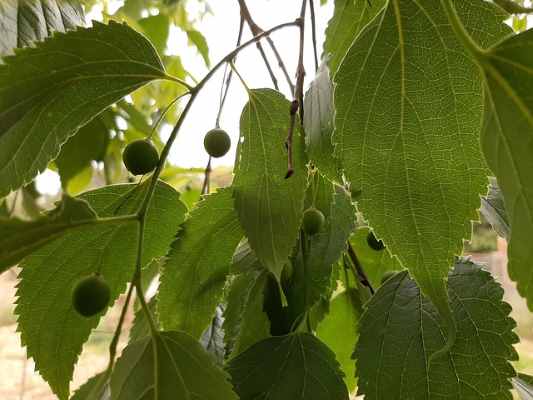
Hackberry Trees Celtis Common Types Leaves Bark Fruit Pictures Identification
Common Hackberry Celtis Occidentalis

Hackberry Tree On The Tree Guide At Arborday Org

Hackberry Trees Celtis Common Types Leaves Bark Fruit Pictures Identification

Hackberry Celtis Occidentalis Learning Stations At Ariel Foundation Park
Common Hackberry Celtis Occidentalis

Northern Hackberry Real Paleo Food Four Season Foraging
Common Hackberry Celtis Occidentalis
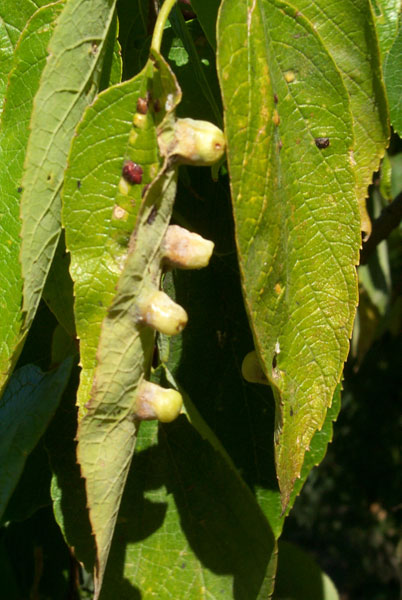
What S Wrong With My Plant Garden University Of Minnesota Extension

How To Grow Hackberry Trees Gardening Channel
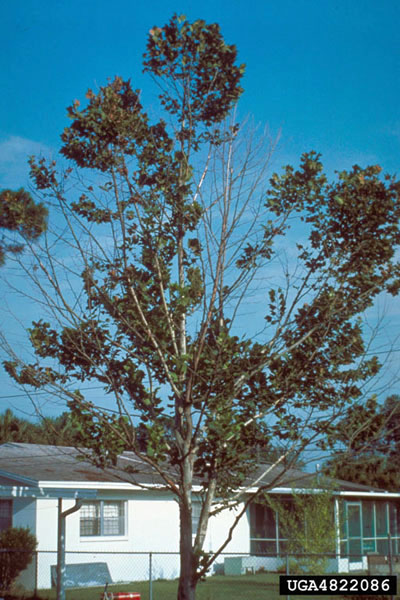
What S Wrong With My Plant Garden University Of Minnesota Extension

Hackberry Tree Guide How To Grow Care For Celtis Occidentalis
